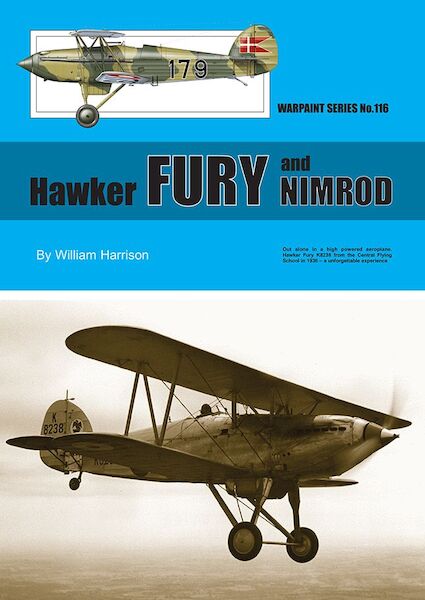
- aviationmegastore.com
- aviationoutletstore.com
- Ship to United States
Quick Search – Outlet Store
Aviation Outlet Store
categoriesHawker Fury, Hawker Nimrod
Product code ws-116
Hawker
€ 17.39
Series Warpaint Series No 116
Publisher/Brand Hall Park
Author William Harrison
Format a4
No. Pages 125
Version Soft cover
Language English
Category Aviationbooks
Subcategory WW2 UK » WW2 UK Aircraft
Availability only 1 remaining
This product was added to our database on Monday 23 july 2018.
Your reliable Aviation Book Source since 1989
Also in this series:
Your IP address has been rate limited. Please slow down.